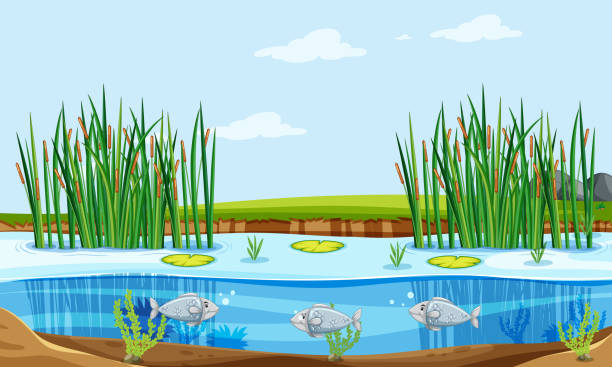Butachlor

Butachlor is used to control numerous broad leaf weeds as well as submerged grasses in freshwater fishponds. Safe Home offers a few kits that provide drinking water testing for butachlor in city water and well water supplies.
Parameter Type: Drinking Water Testing for Volatiles
Parameter Name:Butachlor
What it is and Where it Comes From:
Butachlor is a herbicide of the acetanilide class. It is used as a selective pre-emergent herbicide. It is extensively used in India in the form of granules in rice as post emergence herbicide. It is a systemic selective pre-emergent herbicide applied on rice, tea, wheat, beans and other crops like corn, soybean. Butachlor is most used to control a wide range of annual grass and broad leaf weeds as well as submerged macrophytes in freshwater fishponds. Butachlor primarily enters the environment through various agricultural, horticultural and forestry practices, where inappropriate water management and rainfall contribute to butachlor runoff from the agricultural fields to the watersheds and aquatic ecosystems. Drinking water testing gives you several benefits like peace of mind, identifying contaminants in your water, and insight into health concerns. Safe Home offers Laboratory drinking water testing kits for butachlor, allowing you to collect your water sample and ship it directly to our EPA-Certified Laboratory. This platform of drinking water testing for butachlor will give you an accurate level based on the lowest level of a parameter our instruments can detect (Method Detection Level). Safe Home drinking water testing for semi-volatiles can be used for city and well water supplies. Drinking water testing should be done any time you notice a significant change in your water quality.
Health Effects:
Because of butachlor being a common contaminant in the groundwater and surface water, it poses potential threat to the aquatic ecosystem. Fish exposed to butachlor for long period of time can disrupt the thyroid and sex steroid endocrine systems. Fish growth studies also depicted a growth repressing effect due to butachlor. On exposure to 60 days a significant decrease in fish growth was observed in terms of live weight gain, length gain and growth percent gain in body weight. Muscle glycogen levels were also significantly low in the group of fishes exposed to butachlor indicating that this herbicide persists in the aquatic system for a long period of time.
Solutions to Contaminant Levels:
After drinking water testing, what are my treatment options? Filtering technologies that reduce butachlor from drinking water is granulated activated carbon and reverse osmosis. A filter with granular activated carbon (GAC) is a proven option to remove certain chemicals, particularly organic chemicals, from water. GAC filters also can be used to remove chemicals that give objectionable odors or tastes to water such as hydrogen sulfide (rotten eggs odor) or chlorine. Activated carbon is a porous material that removes organic compounds from liquids and gases by a process known as “adsorption.” In adsorption, organic molecules contained in a liquid or gas are attracted and bound to the surface of the pores of the activated carbon as the liquid or gas is passed through. Adsorption occurs on the internal surface of activated carbon, termed the adsorbent. During adsorption, liquids or gases pass through the highly porous structure of the activated carbon. The compound(s) to be removed, termed the adsorbate(s), diffuses to the surface of the adsorbent, and is retained because of attractive forces. The primary raw material used in the production of our activated carbons is bituminous coal that is crushed, sized, and processed in low temperature bakers followed by high-temperature activation furnaces. Activation develops the pore structure of the carbon. Through adjustments in the activation process, differentiated pores for a particular purification application are developed. Reverse osmosis is a process that removes foreign contaminants, solid substances, large molecules, and minerals from water by using pressure to push it through specialized membranes. Here’s how reverse osmosis works. Unlike osmosis, which is a passive process, reverse osmosis requires external force (pressure) to work. Pressure is applied to a highly concentrated solute solution, such as salt water, to pass through a membrane to a lower concentrate solution. The membrane allows water to flow through but blocks out larger molecules, like contaminants. The reverse osmosis process leaves higher concentrations of solute on one side and only the solvent, or freshwater, on the other. Who do I need to contact to find out more information about water quality in my area? Every community water supplier must provide an annual report to its customers, known as a Consumer Confidence Report (CCR). The report provides information on your local drinking water quality, including the water’s source, contaminants found in the water, and how consumers can get involved in protecting drinking water. How often does the local public water system preform drinking water testing? Frequency of drinking water testing depends on the number of people served, the type of water source, and types of contaminants. Certain contaminants are tested more frequently than others, as established by the Safe Drinking Water Act. You can find out about levels of regulated contaminants in your treated water for the previous calendar year in your annual Consumer Confidence Report (CCR).


